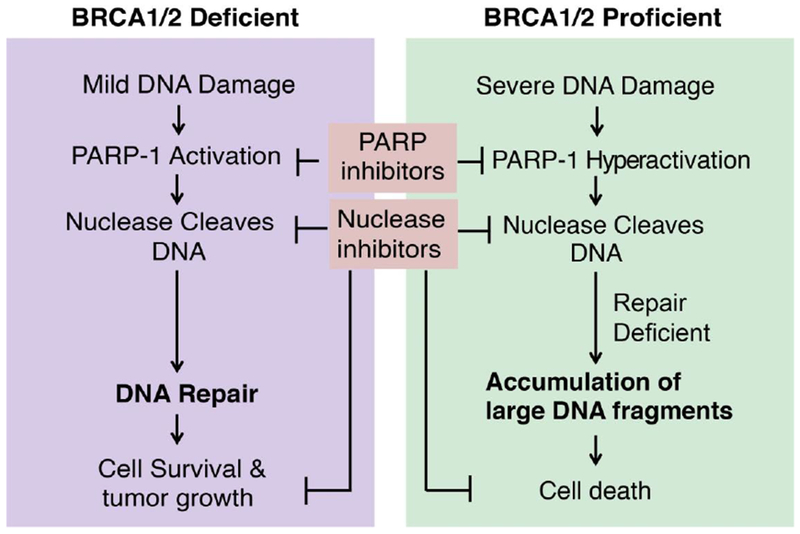Figure 4. The model of context-dependent functions of PARP-1 and nucleases in DNA repair and cell death.

The role of PARP-1 is highly context-dependent in response to different types of DNA damage in different types of cells and tissues. In BRCA1/2-deficient cancer cells, PARP-1 plays a critical role in DNA damage repair. PARP-1 inhibitors combined with DNA damage chemotherapy drugs kill cancer cells. However, in BRCA1/2-proficient cells, DNA alkylating agents or oxidative stress may cause PARP-1 hyperactivation, PAR accumulation and DNA degradation leading to cell death. Inhibition of PARP-1 prevents cell death. A group of structure-specific nucleases is recruited by activated PARP-1 in response to DNA damage. Future studies are required to understand if these PARP-1-associated nucleases execute different functions under the different contexts.
